A priest once said, “A pilgrim is always in danger of being a tourist.” Ironically, the seven-church visitation was encouraged as a counterpoint to the raucous behavior of the Carnival. It originated in Rome where pilgrims visited seven basilicas on Maundy Thursday as penance. The basilicas included St. Peter’s Basilica, St. John of Lateran and five more. It was St. Philip Neri who started the tradition of one-day pilgrimage to seven churches. Philip often led “excursions” with music and food.
Pilgrimage Sites
Each religion has its own holy pilgrimage site. Mecca, Lhasa, Borobudur, Amritsar, and the Ganges River have attracted a multitude of followers. Catholics flock to Rome, Fatima, Lourdes, and Compostela but it is in the Holy Land where the Abrahamic religions, Judaism, Christianity and Islam converge.
“Panata,” Visita Iglesia
In the Philippines, we go to pilgrimage sites not just as acts of devotion but to seek miracles especially for the infirm. Popular churches such as Quiapo and Baclaran are not just places of worship but abodes of healing. Some even do a “panata” or a promise to do the pilgrimage regularly. For others, they are simply going through crossroads in their lives.
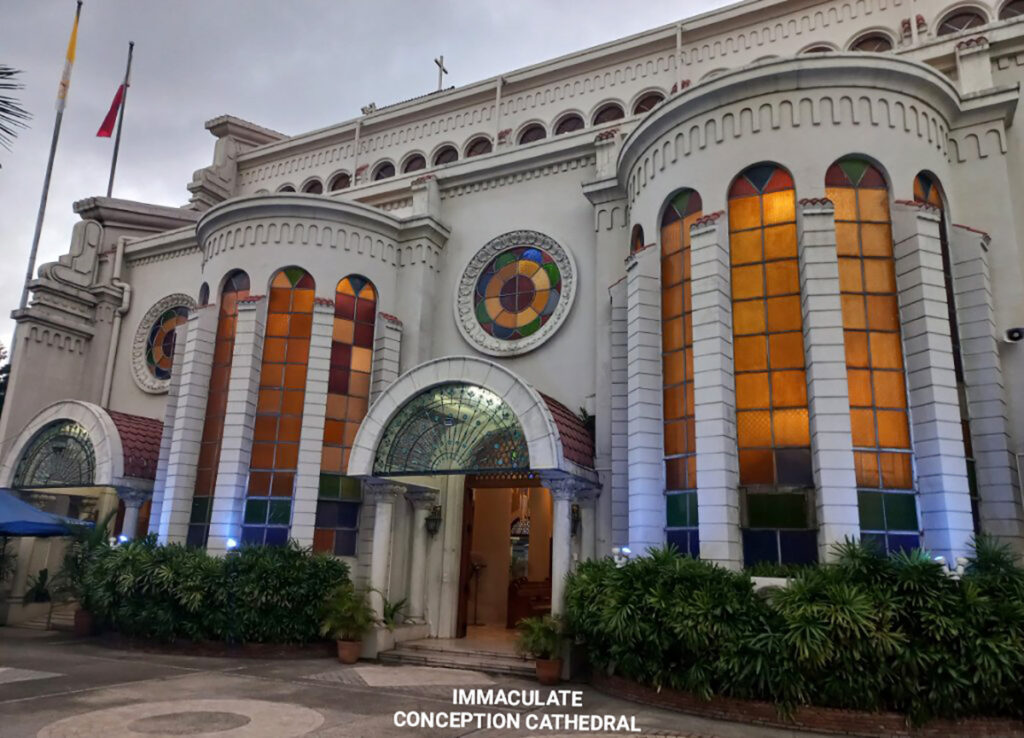
During the Spanish times, the Visita Iglesia was practised in Intramuros since there were several churches within walking distance. In modern times, the Visita Iglesia was done via motorized transport due to the distance between the churches. There are many variations of the Seven-Church Visitation. Some visit fourteen churches and do one station of the cross in each church. Many visit seven churches and pray two stations of the cross in each church. Others visit on Holy Wednesday, Good Friday and the other days of the Holy Week.
Walking Visita Iglesia
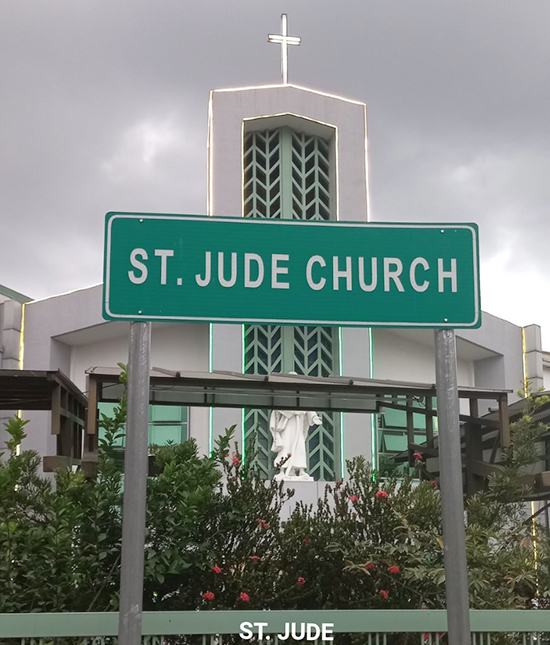
Since I specialize in Manila walks, I was challenged to do a one-day seven-church Visita Iglesia. My instinct brought me to Manila. During my first Visita Iglesia, I started in Quiapo, crossed to Hidalgo and stopped at the Holy Face. I remember being told by the late Dr. Tessie Obusan of Bahay Nakpil that Holy Face was “home-grown” with the ex-Carmelite founder being the daughter of religious sculptor Maximo Vicente who was once based in Quiapo. Holy Face is now my half-way option between Quiapo and San Sebastian if I want some quiet time. A few meters away is the magnificent San Sebastian, the all-steel gothic wonder slowly rusting away. Under rehabilitation, it is a piece of Europe right smack in the middle of Quiapo.
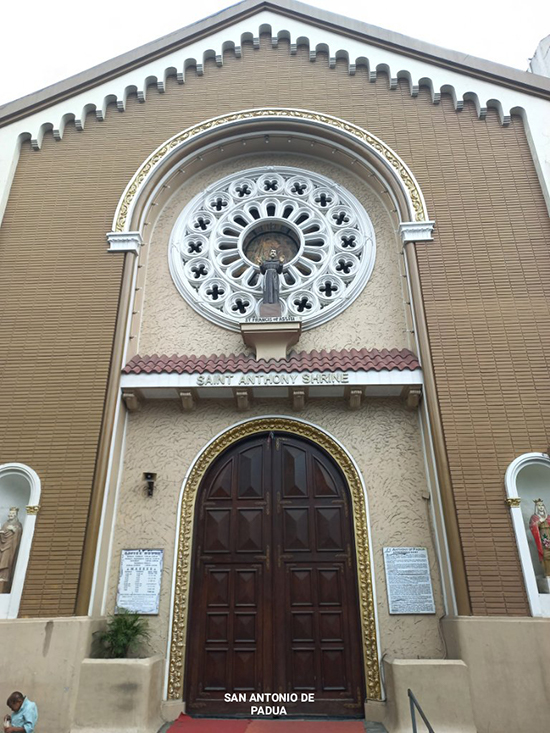
Almost across the LRT Legarda station are the churches of Loreto and San Antonio de Padua. Both have Franciscan origins, one has roots in Intramuros. Walking towards Malacanang, one finds three more churches. San Beda, the secret oasis, St.Jude, the Thursday novena church and San Miguel, the “confirmation church.”
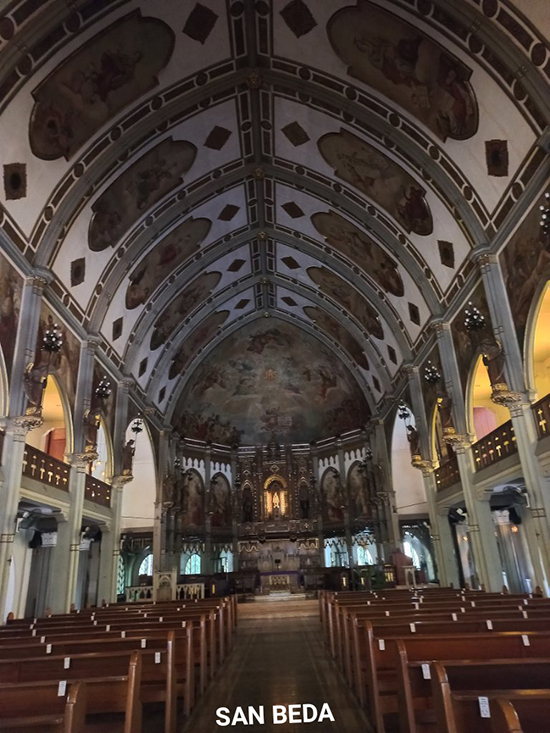
I used to include the chapel at Hospicio de San Jose and St. Vincent de Paul at Adamson but opted to start at Binondo and Sta. Cruz churches. Manila is a small city dotted with old beautiful churches. It is probably the only city in Metro Manila where you can walk more than ten churches in one day.
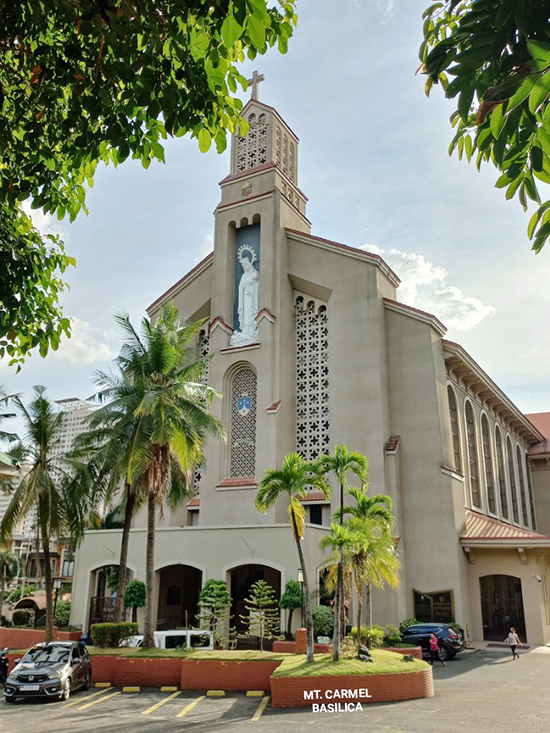
Quezon City Walking Visita Iglesia
The next challenge was to do a seven-church walking Visita Iglesia in the biggest city of Metro Manila – Quezon City. This is possible in the Scout, New Manila and Cubao areas. It starts at St. Paul the Apostle Parish and ends at the seat of Cubao Diocese, the Immaculate Conception Cathedral. What makes the Quezon City version different is that it does not have the “festive atmosphere” of the popular Visita Iglesia in Manila. The pilgrim may have turned into a tourist, at times, but his devotional prayers remain sincere and steadfast. Let the walks begin.
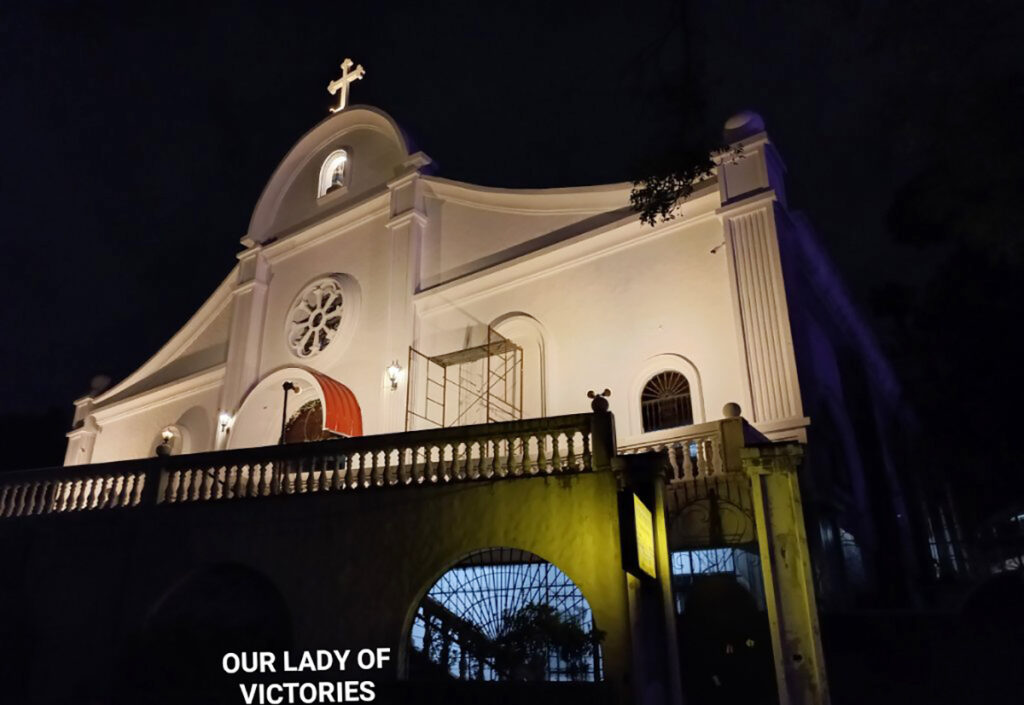
JP Ordoña (Manilakad) leads Manilakad Walks in Intramuros, Binondo, Quiapo and more. In between, he writes, climbs, dives and more. Let him guide you to several walking destinations in Manila. Manilakad (JP Ordoña) can be reached on Facebook Messenger or through text at 0916-3597888.
